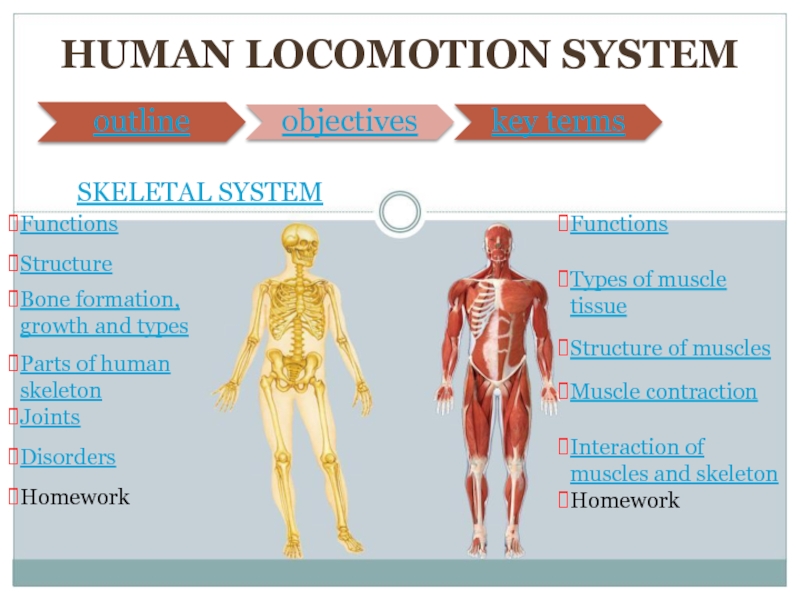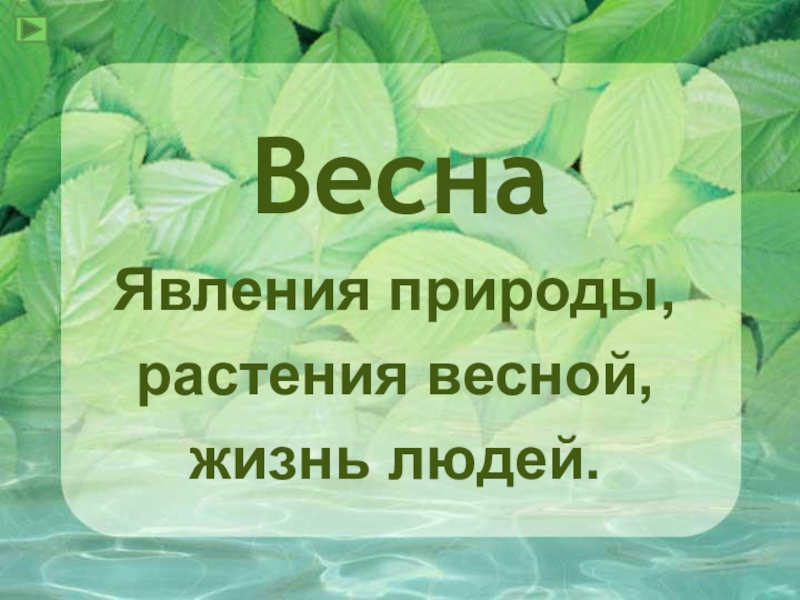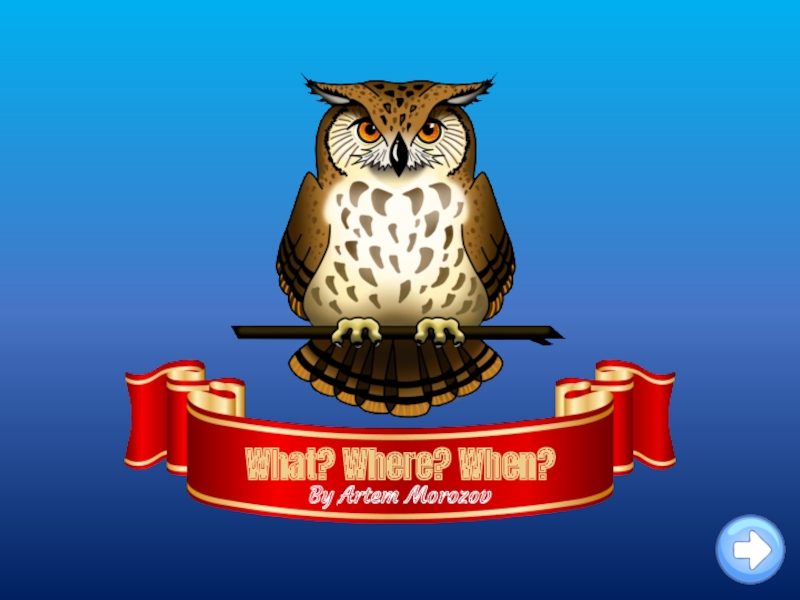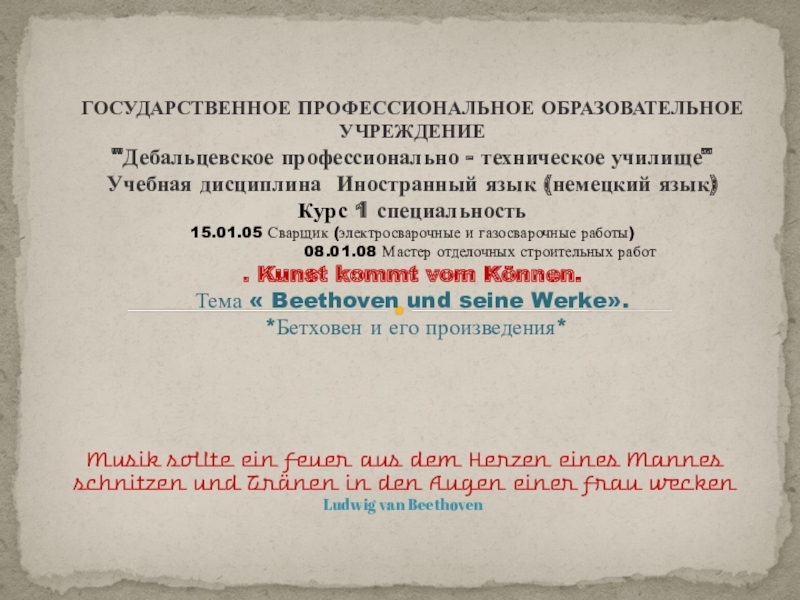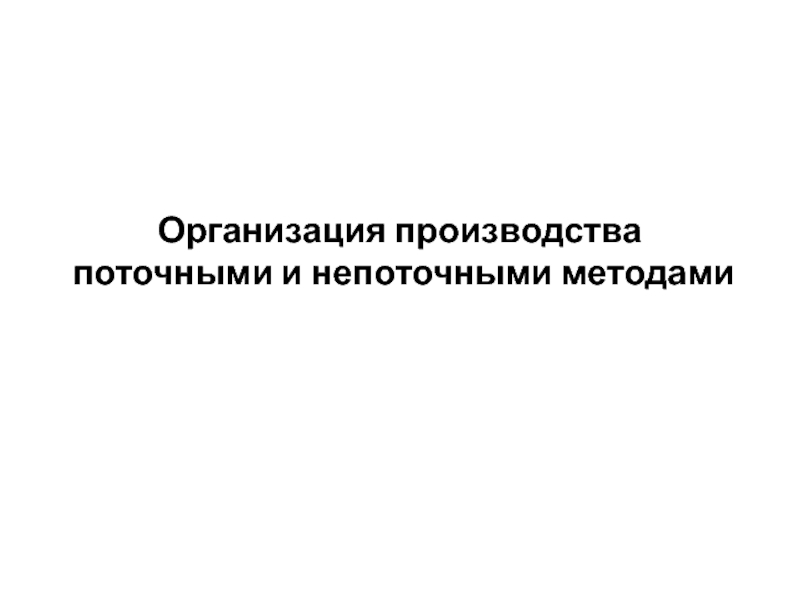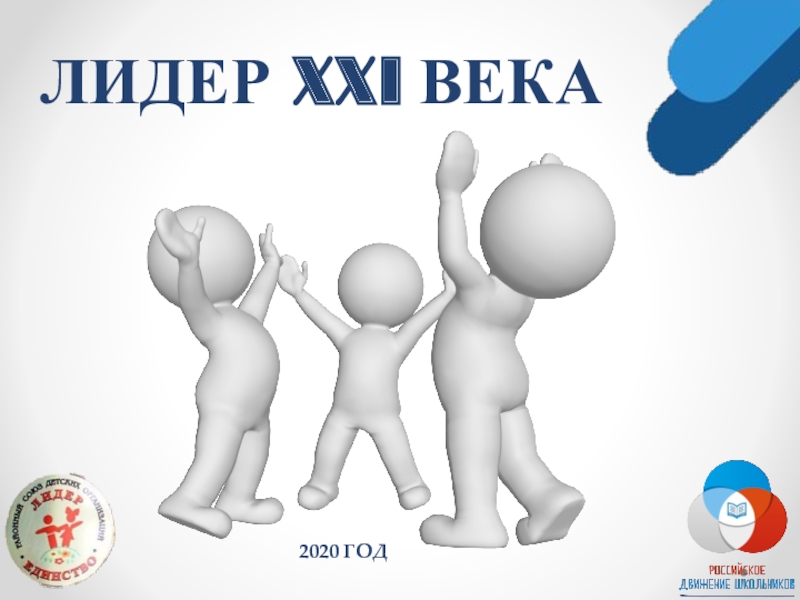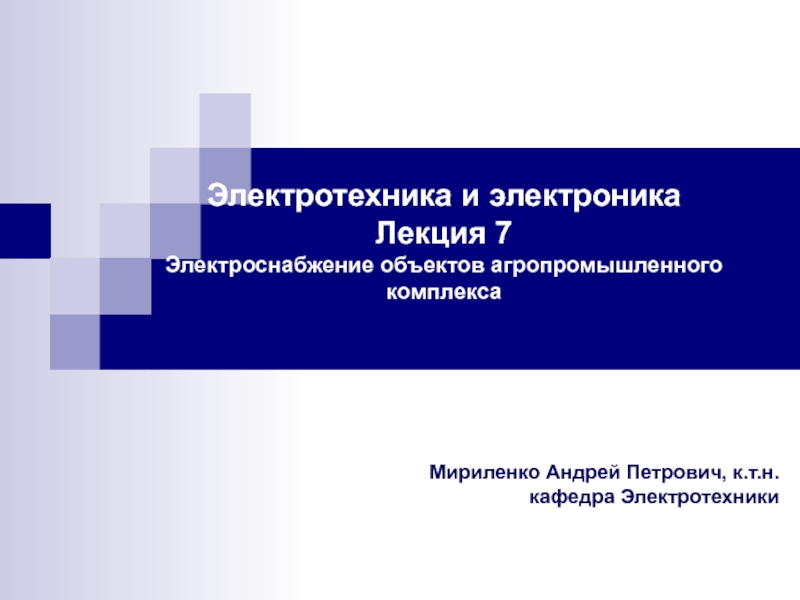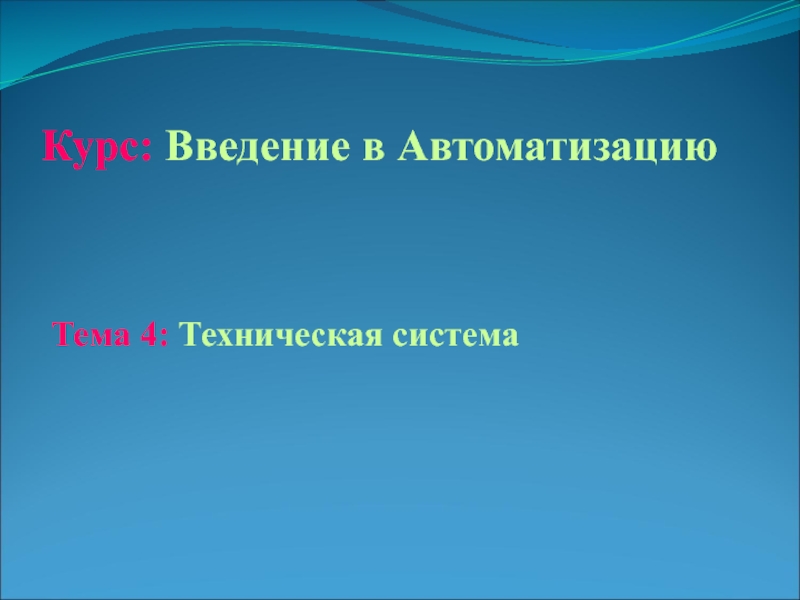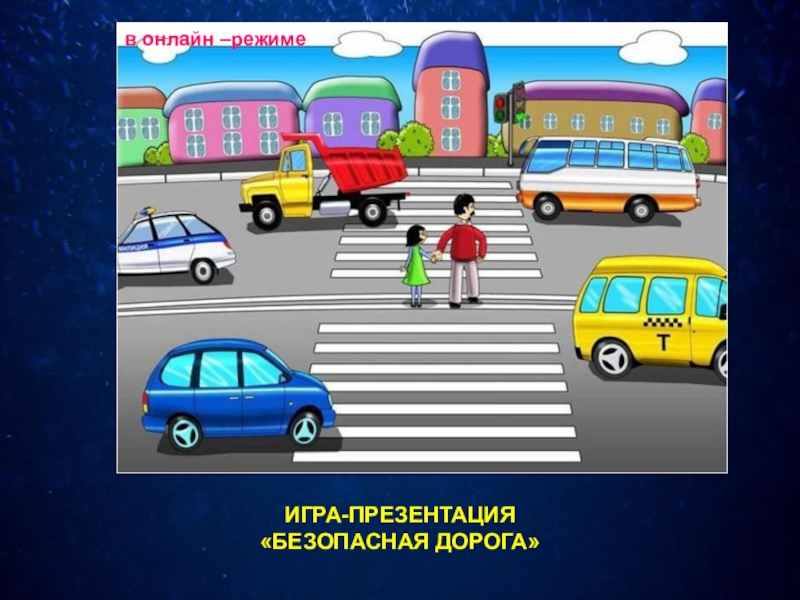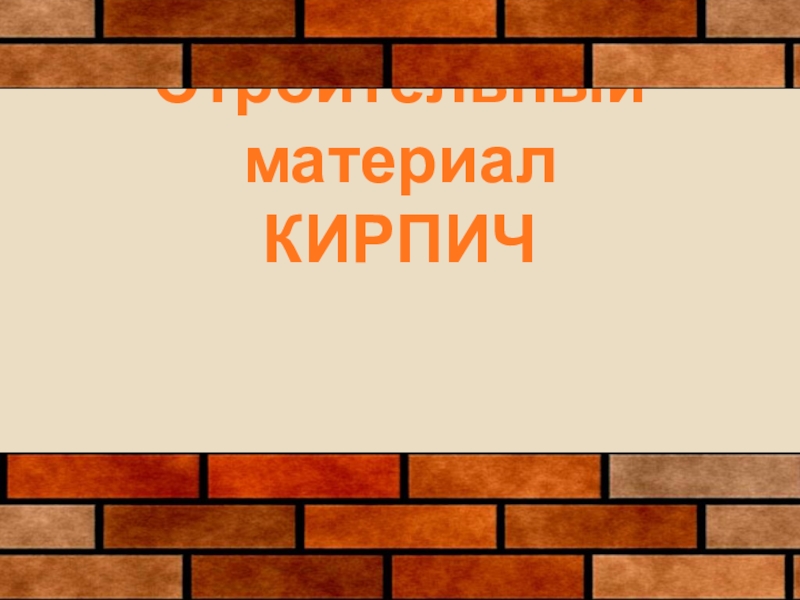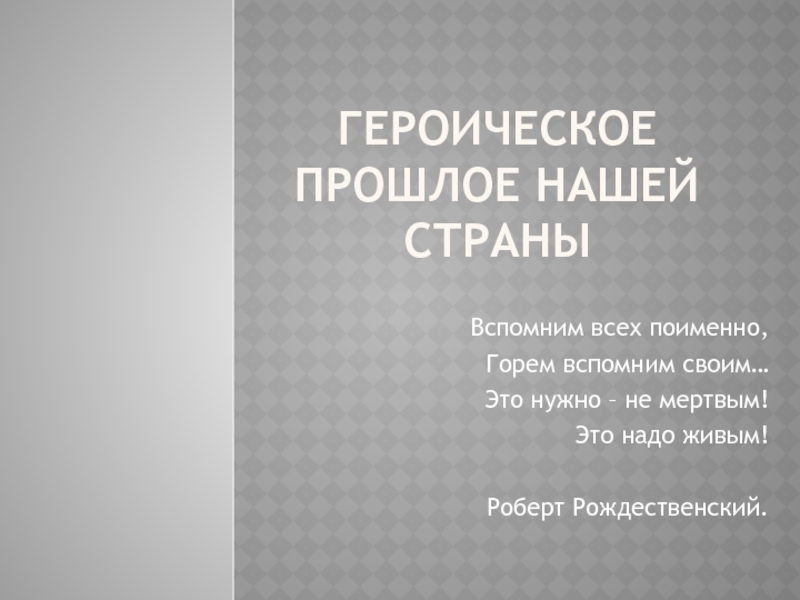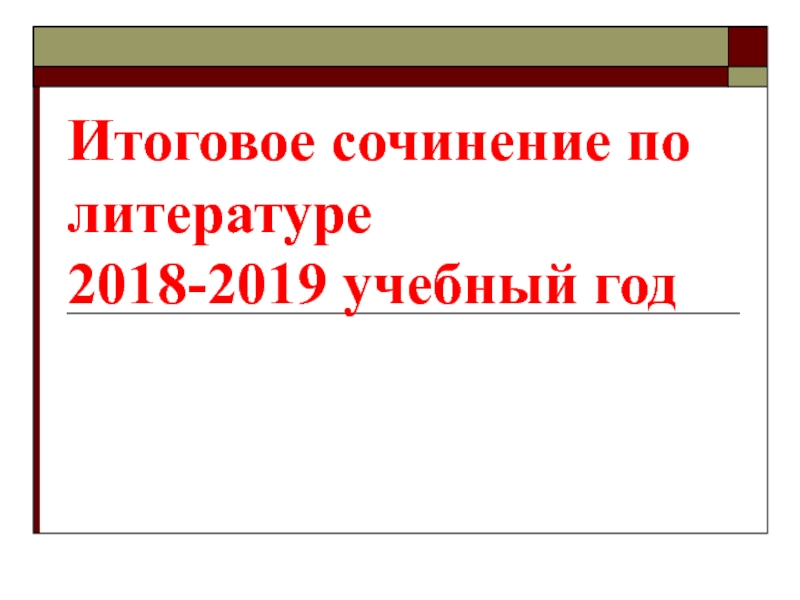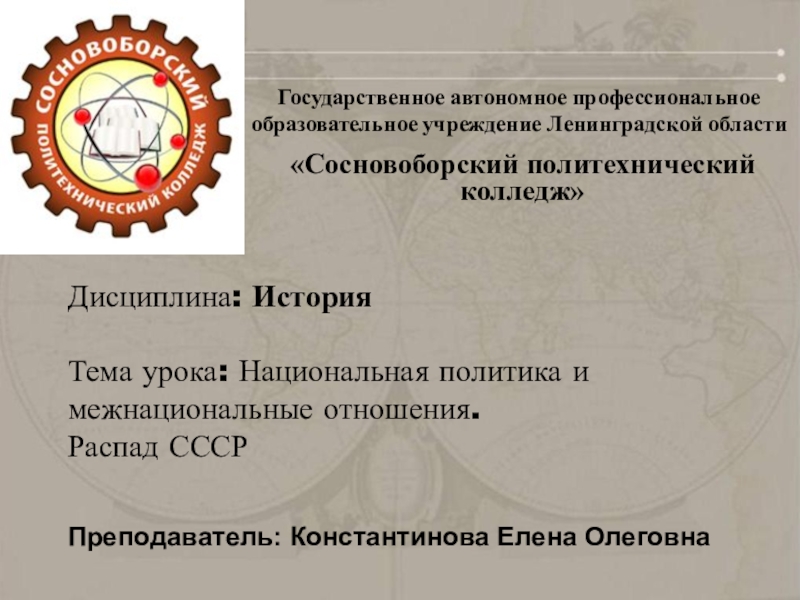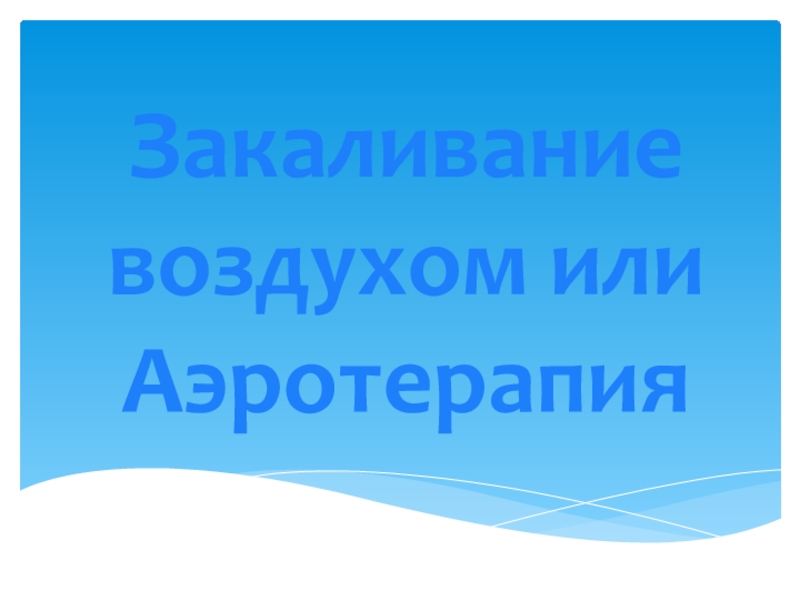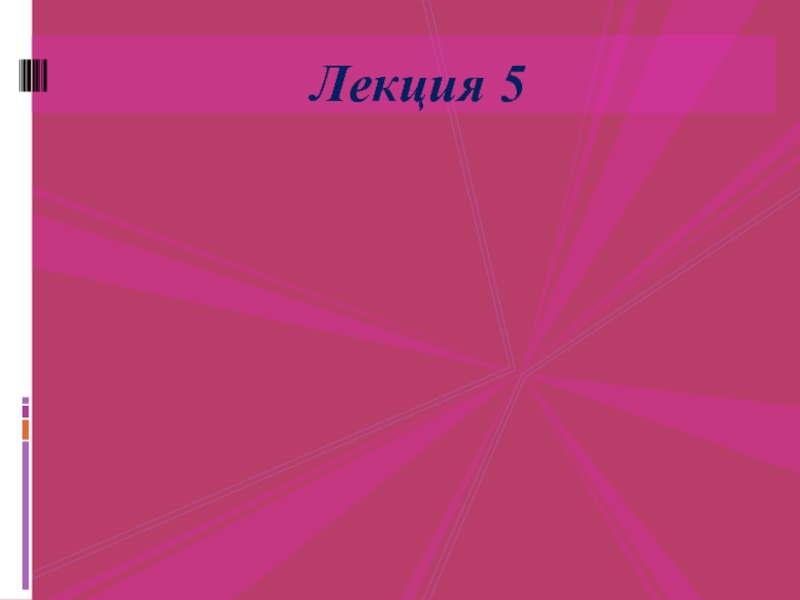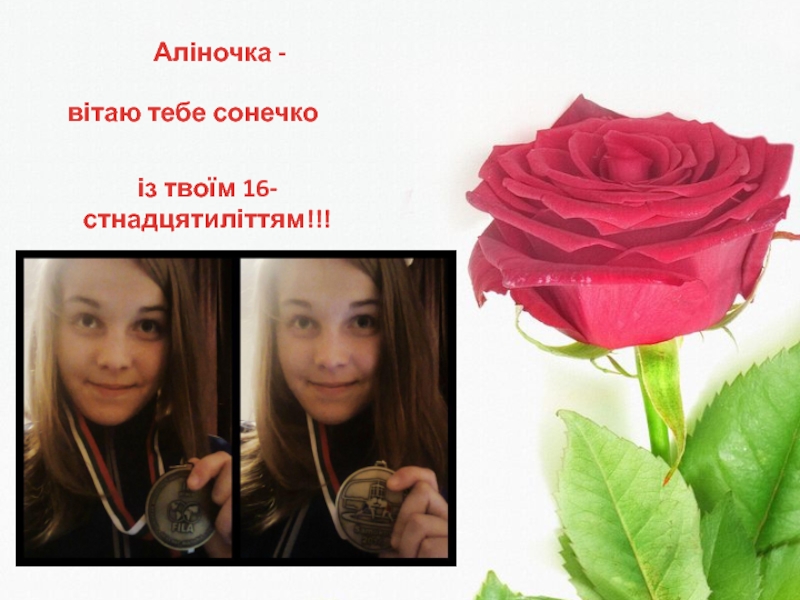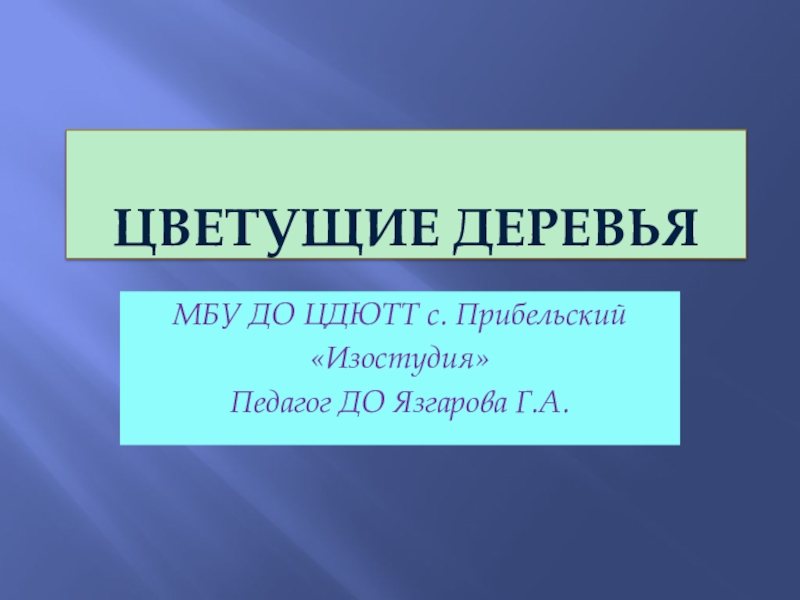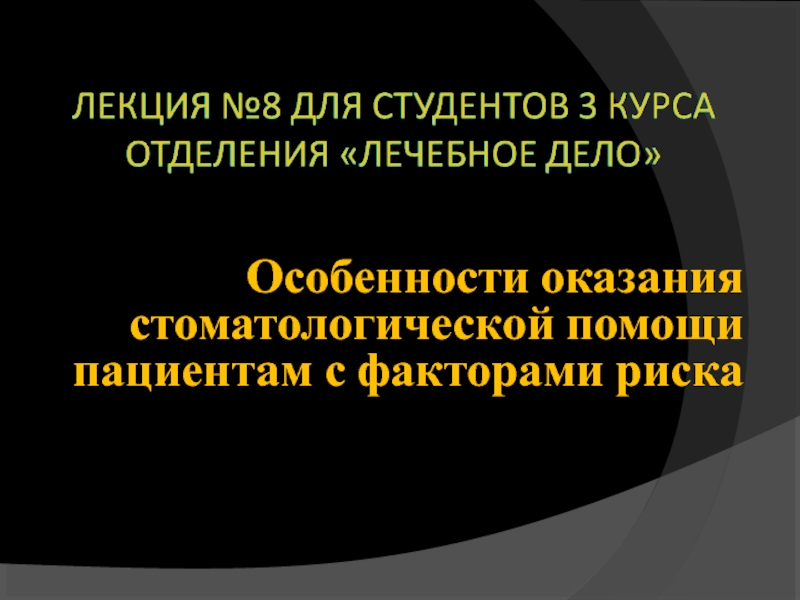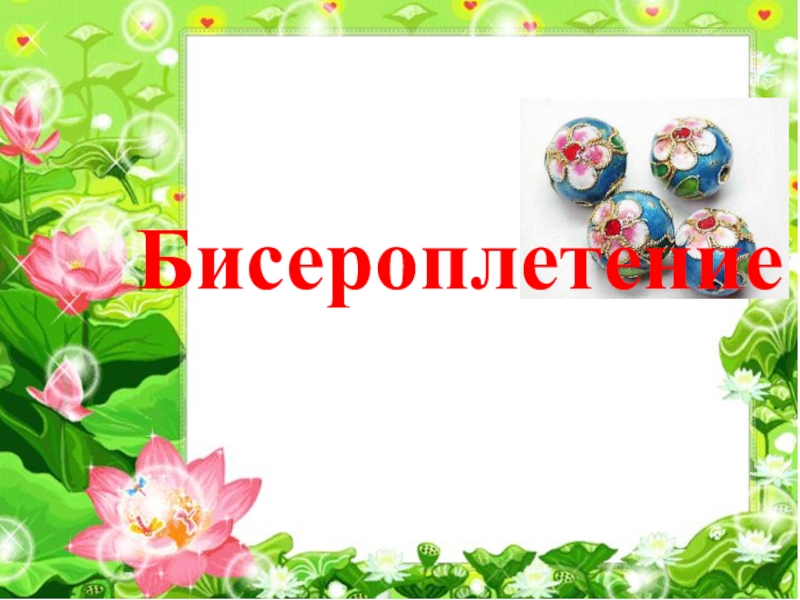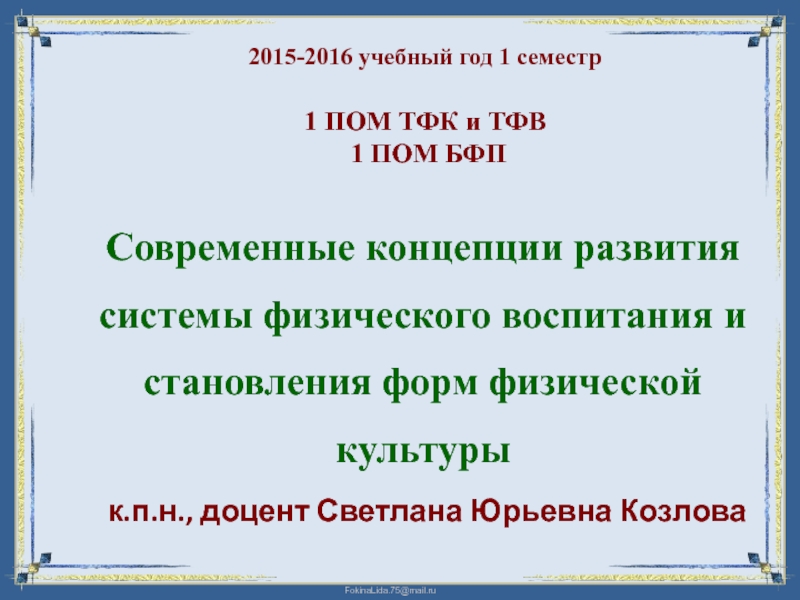Слайд 1HUMAN LOCOMOTION SYSTEM
SKELETAL SYSTEM
MUSCULAR SYSTEM
Functions
Structure
Bone formation, growth and types
Parts of
human skeleton
Joints
Disorders
Homework
Functions
Types of muscle tissue
Structure of muscles
Muscle contraction
Interaction of
muscles and skeleton
Homework
Слайд 2Human Skeletal System
Functions:
Supports the body
Provides movement with the help
of muscles
Protects inner organs
Produces blood cells
Stores minerals such as P
(phosphorus) and Ca (calcium)
Слайд 3Skeletal System
Skeletal system is the supportive and protective system of
organisms
There 2 types of skeletal system in organisms:
Exoskeleton: seen mainly
in invertebrates
Endoskeleton: seen in vertebrates, sea stars, sponges
Слайд 4Structure of human skeleton
Human skeleton is composed of bones and
cartilage
Bones are composed of cells known as osteocytes
Osteocytes are arranged
in circles and connected to each other by cytoplasmic bridges
There is haversian canal between circles, it contains blood vessels and nerves
Intracellular space is filled by matrix (ossein) that contain Ca, P, carbonate and protein.
Cartilage is composed of cells chondrocytes
osteocyte
Слайд 7Bone
Outer cover of bones known as periosteum
Periosteum provides growth in
diameter and repair of bones
There are 2 types of bone
tissue:
Compact: very dense and strong
Spongy: porous and soft
Space between bones is filled with bone marrow
Red bone marrow: fills space between spongy bones and produces blood cells
Yellow bone marrow: fills hollow interior space of bones
Слайд 10Formation of bone
For bone formation and normal growth minerals such
as Ca, P and vitamins A, C and D needed
Deficiency
of vitamin D causes rickets – рахит, A growth rate decreases, C causes weakness and disease scurvy – цинга
Ca level in blood is regulated by hormones parathormone, released by parathyroid gland, and calcitonin, released by thyroid gland
Parathormone: is secreted when Ca level is decreased in blood
Calcitonin: is secreted when Ca level is increased from blood
Слайд 12Types of bones
1. Long bones:
Ex: bones of legs, arms …
2.
Flat bones:
Ex: bones of skull, rib, patella …
3. Short bones:
Ex”
bones of vertebrae, hand, fingers, foot …
Слайд 13Parts of Human Skeletal System
Adult human contains 206 bones, in
babies it is approximately 300
Skeleton parts:
Skull
Trunk
Extremites
Слайд 151. Skull
Skull includes 22 bones
8 of them cranial, 14
are facial bones
Cranial bones are fused to each other and
immovable
Слайд 172. Trunk
Trunk includes vertebral column, ribs, sternum, pelvic girdle and
pectoral girdle
Vertebral column:
Vertebral column consists of 33 vertebrae
Between each vertebrae
there is cartilaginous disc, and vertebral column is slightly movable
Vertebral column protects spinal cord
Upper end connected to Skull, lower end to Sacrum
Слайд 19 Chest
It protects heart and lungs that has 12 pairs of
ribs and a sternum.
All ribs are connected to vertebrae on
the back side.
Ribs are connected to sternum in the abdomen. But 11th and 12th ribs are free floating ribs.
Слайд 20Pectoral girdle – плечевой пояс
It includes 2 paired bones that
hold up arms:
Clavicle
Scapula
Слайд 21Pelvic girdle – тазовый пояс
It is connected to the lower
end of vertebral column (sacrum)
It holds legs and reproductive organs
Includes:
Ilium
Ischium
Pubis
Слайд 22 Vertebral column is divided into 5 parts
1. Cervical or neck
– 7 vertebrae
2. Thoracic – 12 vertebrae
3. Lumbar – 5
vertebrae (largest)
4. Sacral – 5 fused vertebrae
5. Coccyx or tailbone – 3 to 5 fused vertebrae
Слайд 253. Extremites - конечности
Extremites in other words appendages include upper
extremites and lower extremites
a. Upper:
2 arms and include 30 bones each,
bones:
Humerus 1*2
Ulna 1*2
Radius 1*2
Carpals 8*2
Metacarpals 5*2
Phalanges 14*2
Слайд 26b. Lower extremites:
2 legs, include 30 bones each, bones:
Femur 1*2
Patella
1*2
Tibia 1*2
Fibula 1*2
Tarsals 7*2
Metatarsals 5*2
Phalanges 14*2
Слайд 28Joints
Joint forms the junction between two or more bones
There are
three types of joints;
Immovable joints
Slightly movable joints
Movable joints
Слайд 301. Immovable joint
Jointed bones cannot move
All cranial and facial bones
except mandible and sacrum are immovable
There is no synovial fluid
between bones
Слайд 312. Slightly movable joints
Connected by cartilage or connective tissue
Vertebrae are
connected by cartilage and ribs to sternum also connected by
cartilage
Слайд 323. Movable joints
The bones in movable joints are connected to
each other by ligaments (very strong connective tissue fibers).
There is
a synovial fluid and cartilage in movable joints which reduce friction.
Слайд 33Types of movable joints
Ball-and-socket
Hinge
Pivot
Слайд 36Disorders and diseases of human skeletal system
Fractures – is a
broken bone because of high physical impact or some other
bone disorders
Osteoporosis – disease which occurs when there is not enough deposition of calcium in bones and because of that bones get weaker
Rheumatoid arthritis – occurs when cells of immune system attack the tissues around joints causing the tissue become inflamed
Слайд 40Muscular system
Muscular system helps in the movement of body, inner
organs and also helps in protection of body organs
The units
of muscular system are cells known as myofibrils
Myofibrils have the ability to contract and relax
Слайд 43Types of muscular tissue
There are 3 types of muscular tissue,
they are:
Smooth muscle
Skeletal muscle
Cardiac muscle
Слайд 451. Smooth muscle
Each cell is long, sharp-ended with a single
central nucleus
Smooth muscles generally regulated by the Autonomic Nervous System
(ANS), i.e. we cannot control them (!)
They function involuntarily and movement is generally irregular and slow
They are found in the walls of inner organs, like stomach, intestine, blood vessels, urinary bladder etc.
Слайд 472.Skeletal or striated muscle
Cells are long, cylindrical and multinuclear, i.e.
have many nucleuses
They are also termed as muscle fibers, because
they are not branched
The structure of skeletal muscles:
Muscle bundles, muscle fibers, myofilaments (actin and myozin proteins)
Слайд 49Skeletal muscles cover the skeleton
They provide movement of skeleton, and
mainly they are antagonistic
It is controlled by Somatic Nervous System
(SNS)
It contracts rapidly
When it is overworked, maximal potential power is used, it gets hardened and this state is called as tetanus (судороги)
Слайд 513.Cardiac muscle
Cells are long, cylindrical, branched and with 1 nucleus
in the center of the cell
They have more mitochondria than
skeletal muscles
Each cell is rich in blood and lymph vessels
As skeletal muscles they are rapid and because of its significant structure tetanus is not seen
They are controlled by ANS and function involuntarily
Слайд 53Structure of muscles
Skeletal muscle tissues are composed of bundle of
muscle fibers, and muscle fibers are bundles of myofibrils
Myofibrils are
divided into sarcomeres, the contraction units
Sarcomere contracts and relaxes by means of actin and myozin proteins
Слайд 55Contraction of muscles
Actin and myozin proteins slide on each other
and sarcomere shorten
For muscle contraction big amounts of energy and
Ca2+ ions are needed
During contraction, CREATIN PHOSPHATE (which supplies 20 times more energy than ATP) is used as the primary energy source, ATP is used as the secondary.
During relaxation only ATP is used
Слайд 57Interaction of muscles and skeleton
Most skeletal muscles are attached to
bones by strips of dense connective tissue called tendons.
Bones
are connected each other at joints by means of fibrous connective tissue – ligaments.
Слайд 58A flexor muscle causes a joint to bend. An extensor
muscle causes a joint to straighten.
Слайд 59Locomotion system
outlines:
1. Skeletal system
Functions
Structure
Bone formation, growth and types
Parts of
human skeleton
Joints
Disorders and diseases of skeletal system
2. Muscular system
Functions
Types of
muscle tissue
Structure of muscles
Muscle contraction
Interaction of muscles and skeleton
Слайд 60Locomotion system
objectives
Explain the general function of skeletal system.
List the
bones according to their shape
Describe the general structure of
bones, and list the functions of its parts.
Distinguish between the axial and appendicular skeletons, and name the major parts of each.
Locate and identify the bones and major features of the bones that comprise the skull, vertebral column, rib cage, pectoral girdle, upper limb, pelvic girdle, lower limb.
List the three classes of joints describe their characteristics, and name an example of each.
Explain how skeletal muscles produce movements at joints, and identify several types of such movements.
Explain some metabolic and endocrine diseases of bones and skeletal system.
Name the major parts of a skeletal muscle fiber, and describe the function of each.
Explain the contraction mechanism of skeletal muscle.
Explain how the muscle fiber contraction mechanism obtains energy.
Describe how oxygen dept develops and how a muscle may become fatigued.
Compare the structure of skeletal, smooth and cardiac muscles.
Explain some inflammatory diseases of muscles.
Understand how muscle system helps other body systems and the relation between muscle and other body systems

